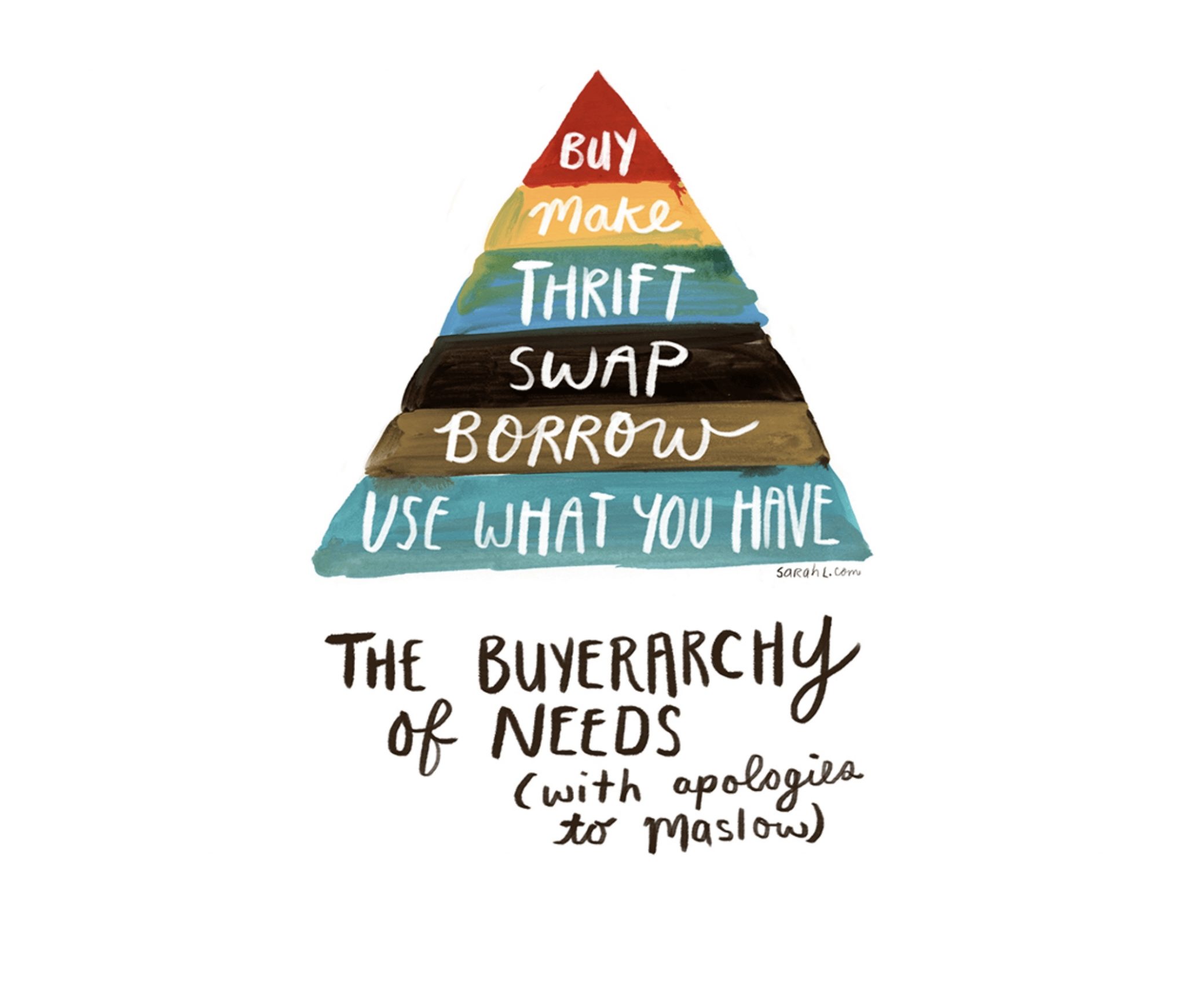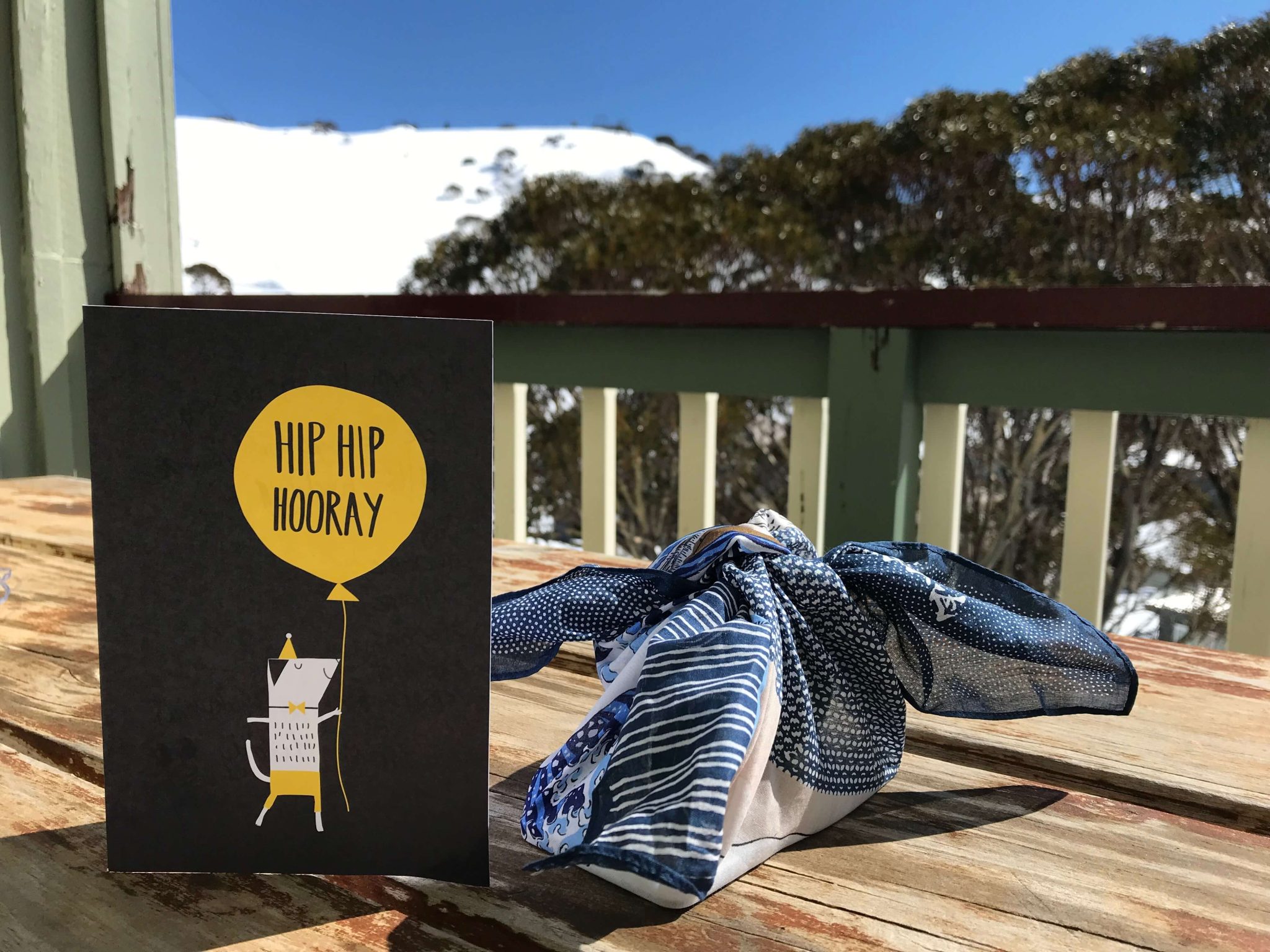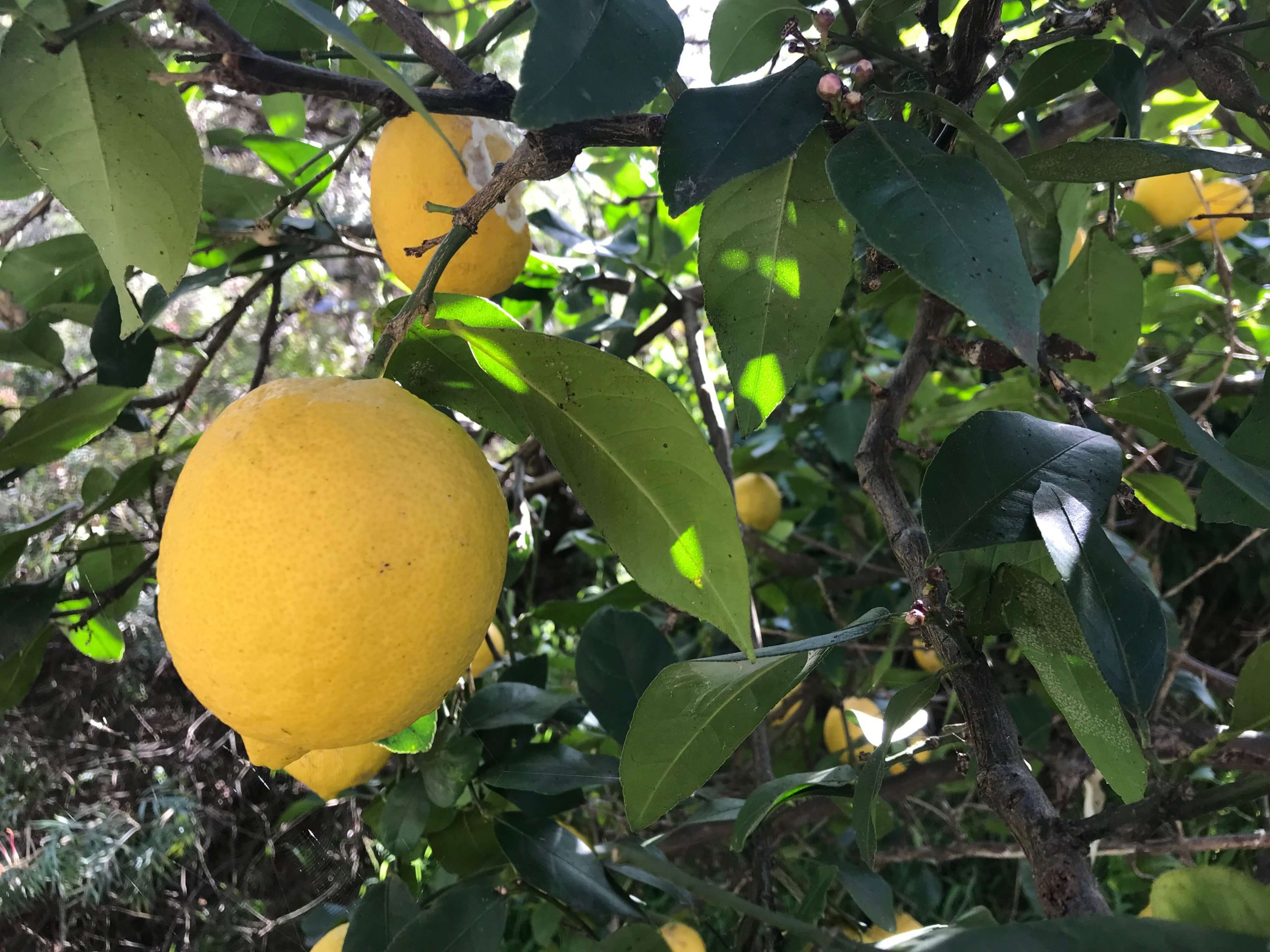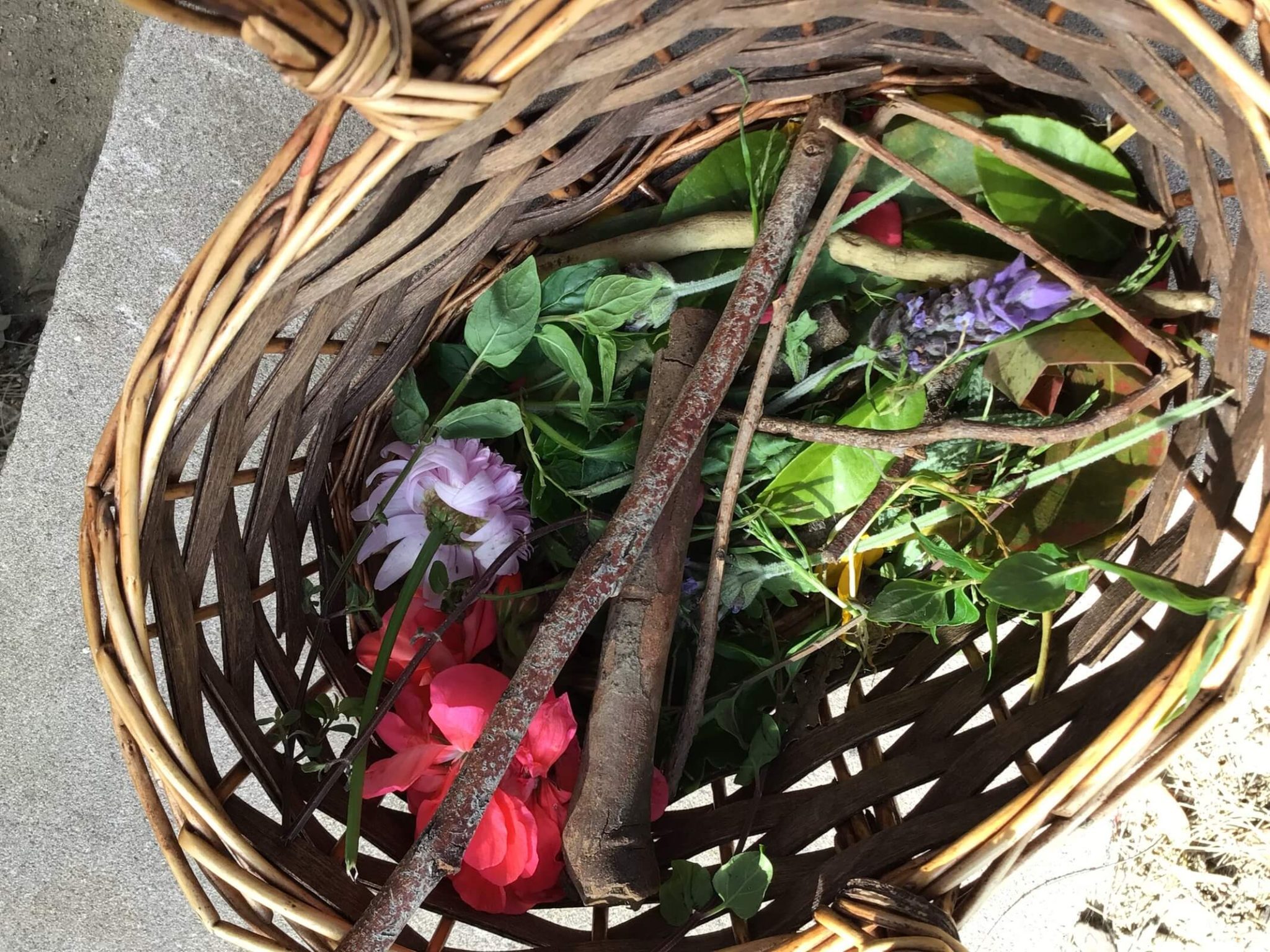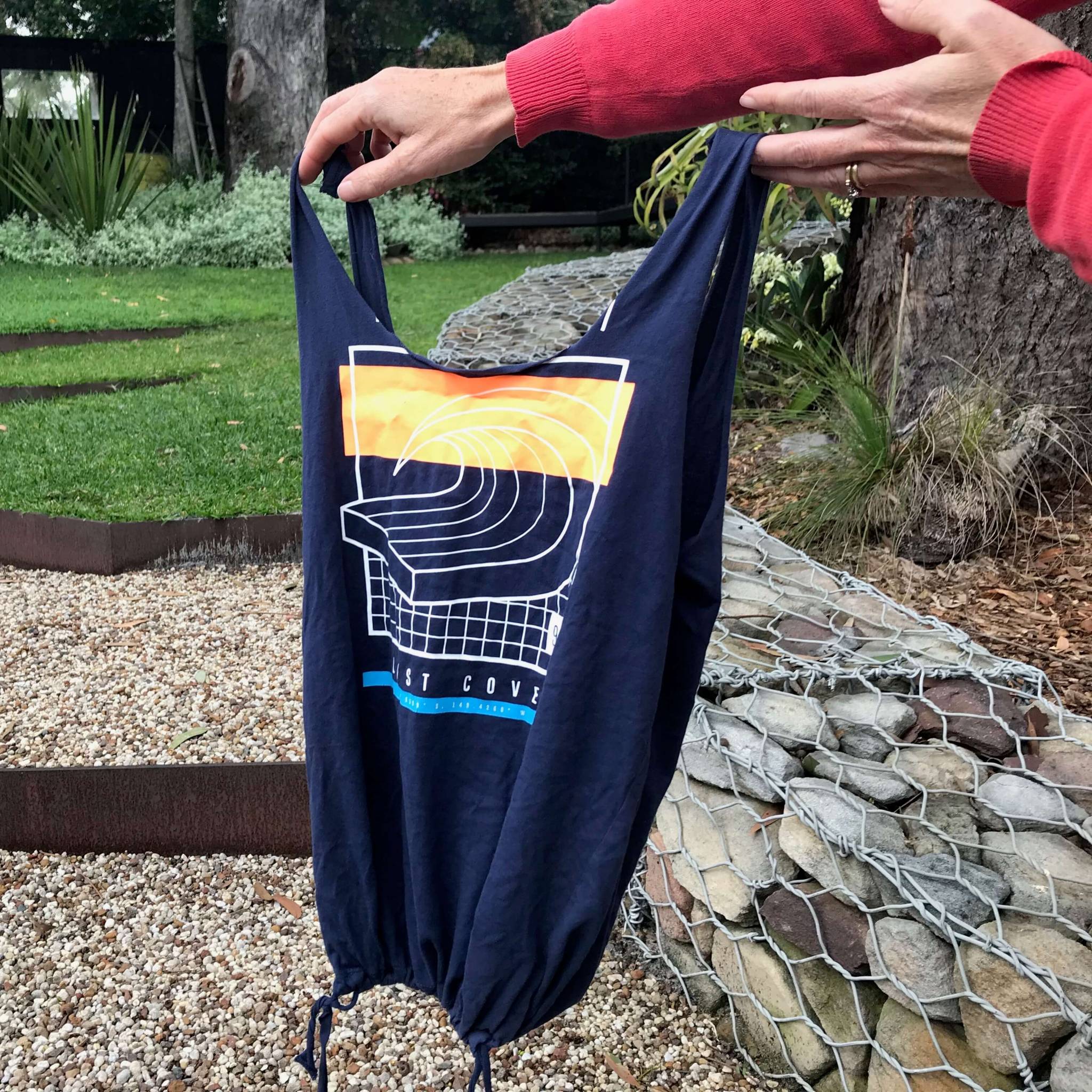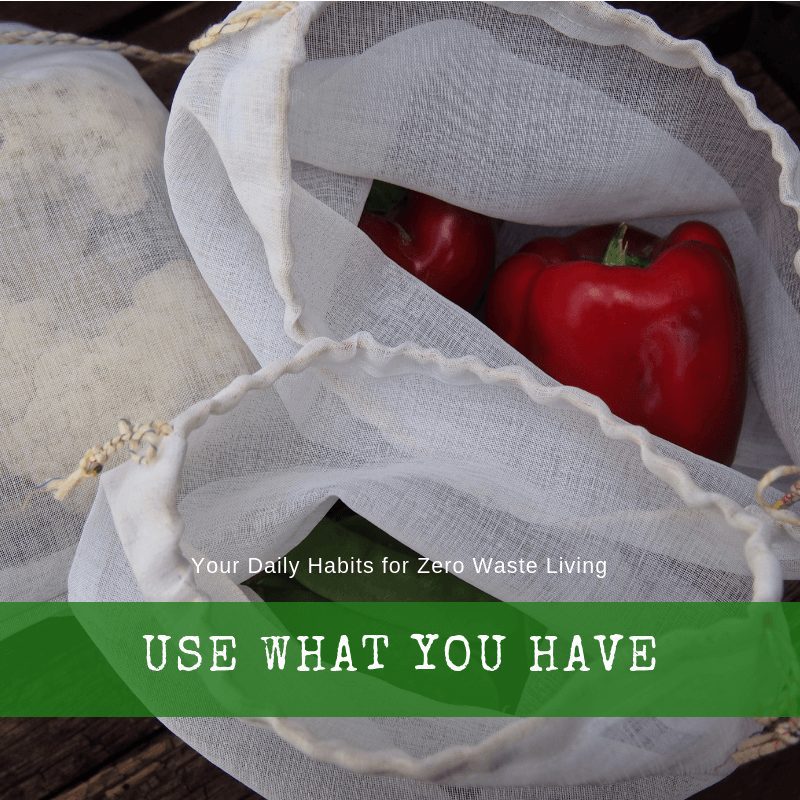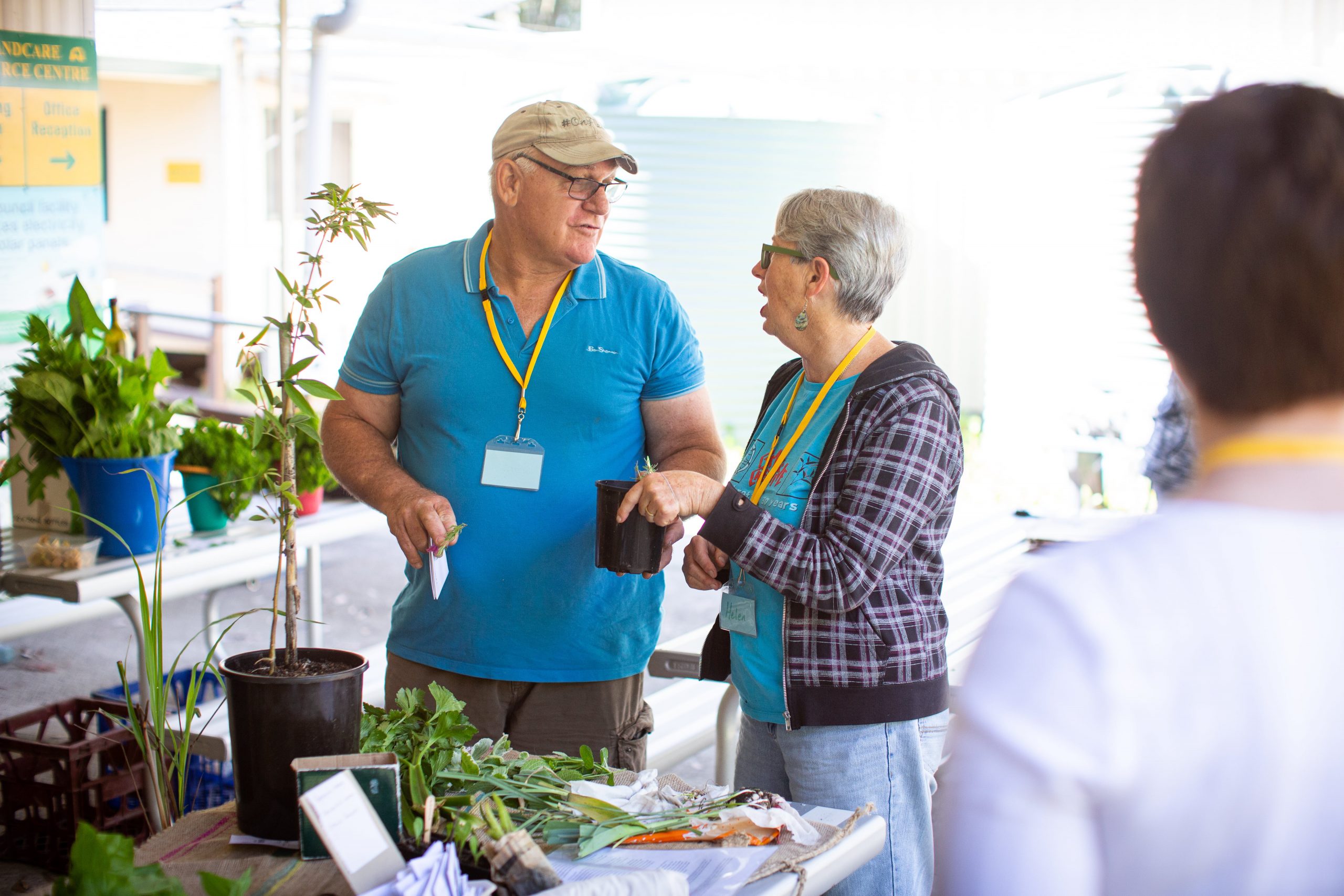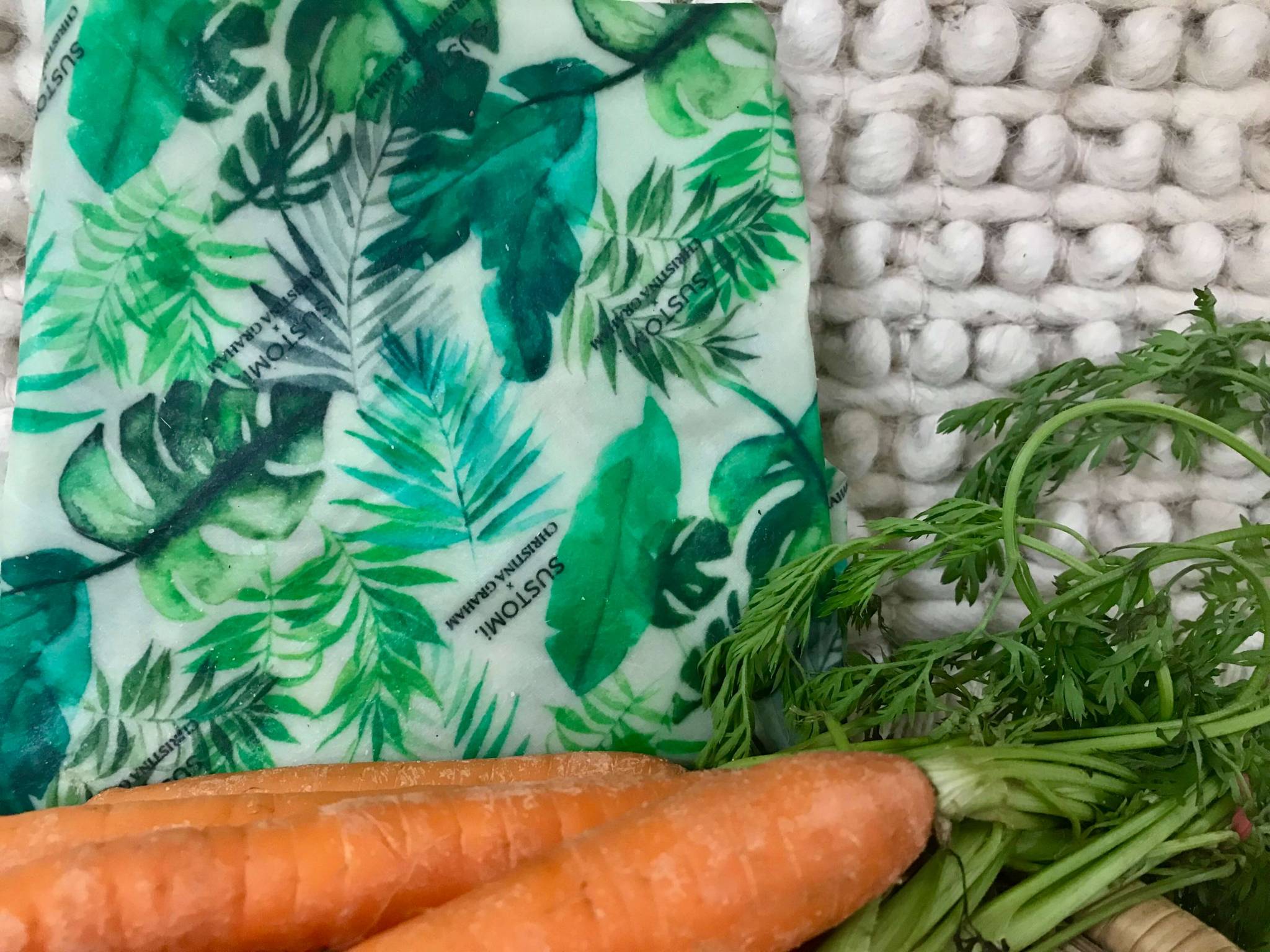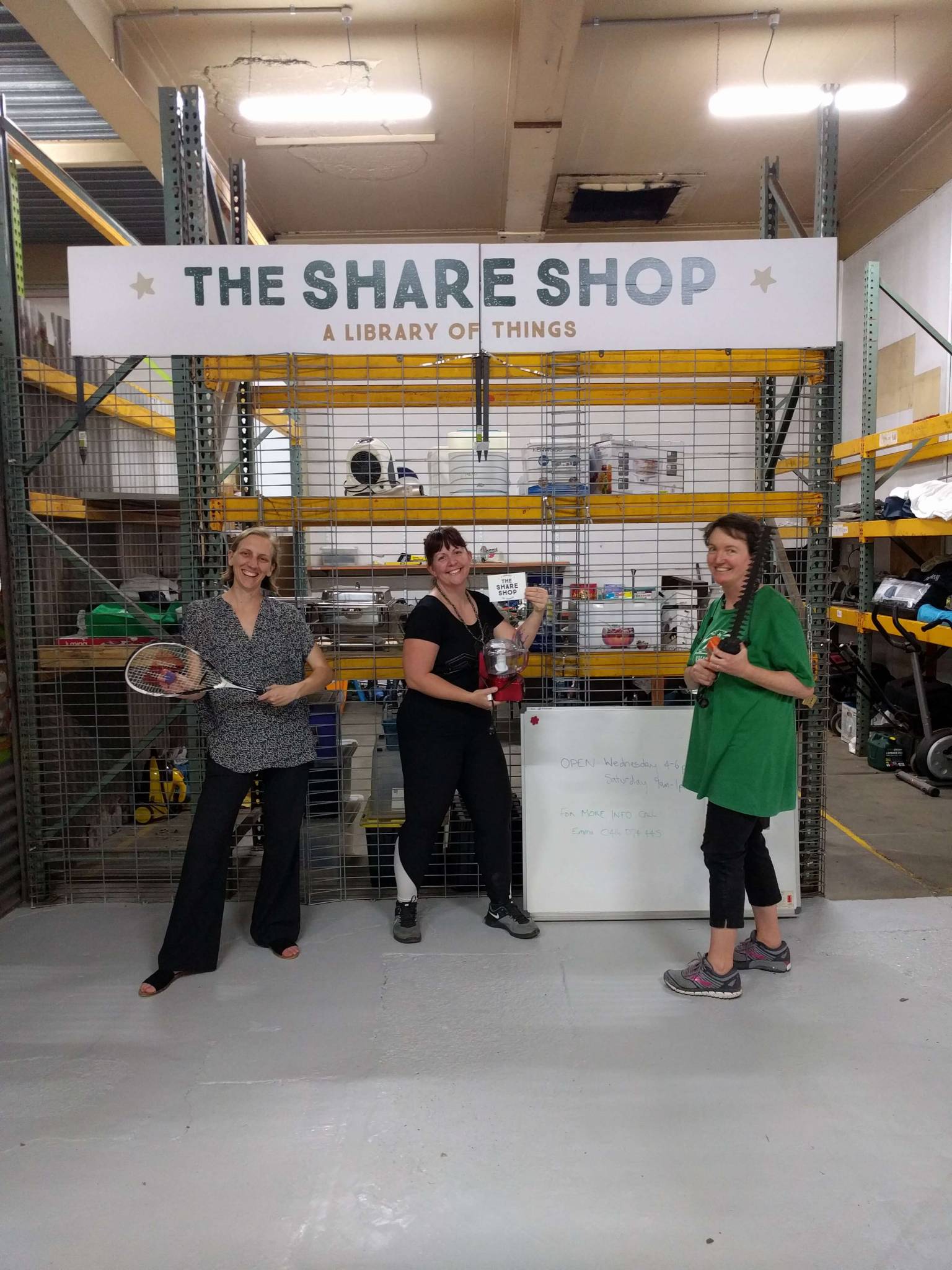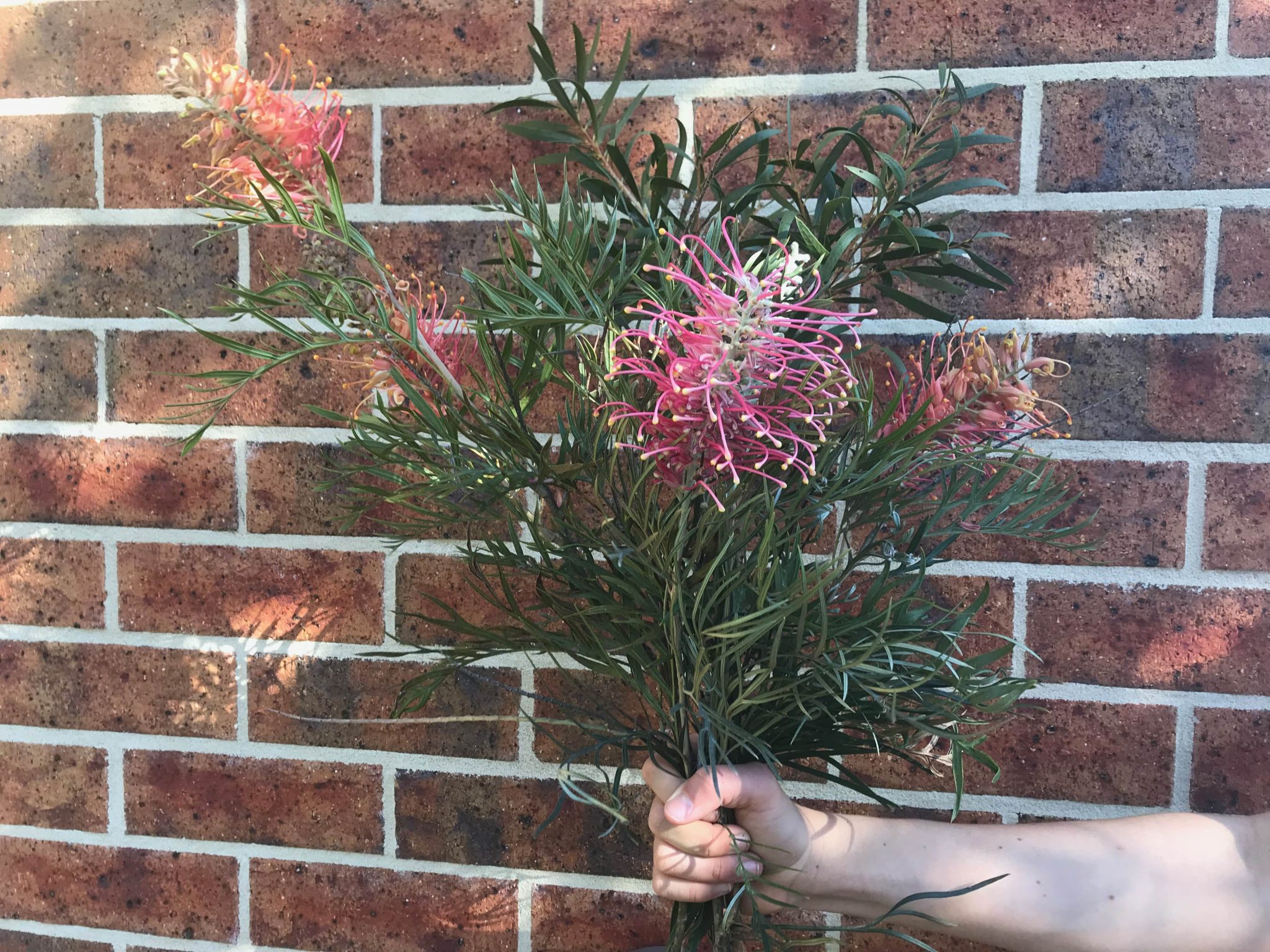Making Change, Community Impact, Reduce & Reuse
Positive & Genuine Truths about Living Sustainably
Expensive. Organic, fair trade, ethical, reusable. Vegan. Words that conjure up what sustainable living doesn’t have to be.
So rather than wallow in the perceived myths, I shed light on the positive, genuine truths about living sustainably that help us embrace lifelong learning and take small actions for change.
Truth 1: Living Sustainably is Kinder to Our Wallet
Initial reactions to this headline immediately conjure the “but what about” question surrounding solar panels, electric cars and the implication that we need to purchase items branded only as sustainable or ethically sourced.
Sustainable living is often referenced as a journey, as we take one step at a time. A localised journey approach helps balance what we can do within our daily budget capacity and what’s better for the planet.
Some examples of switches that are kinder to our budget and make better eco-living choices include small steps to take if solar panels aren’t an option, when electric cars are out of reach, or organic foods are out of the question.
Truth 2: We Can Make Simple, Intentional Choices
We don’t have to live a radical alternative lifestyle to reduce our impact on the earth. We also don’t need to buy the heavily marketed “sustainable” items. Powerful marketing techniques have successfully tapped into our problems.
The “reusable” water bottle is an excellent example of a sustainable marketing strategy that works. So what’s the problem?
Instead of relying on marketing gurus, we can be more mindful of our choices and take responsibility for the stuff that comes, stays and goes in our daily lives.
Keeping these three guiding questions at the back of our mind helps us think and take action with intention:
- Do I need/ want it?
- Do I love it?
- Will I use it?
It seems odd initially to ask ourselves these questions, but it helps clarify why we need lots of stuff. Mindful choices will avoid the need for future decluttering and keep our minds and spaces clear for things and people we truly relish.
Truth 3: We are One But We Are Many
Environmental concerns often feel so mammoth that our one-person actions sit in the shadows of the mountains. However, our single efforts can positively impact the planet, especially when they become collective action.
We are one, but we are many. Working together with the same passion and purpose helps drive action and change. Community-focused initiatives excel at bringing our environmentally-aware community together for more effective change. Examples include the one of many citizen science projects iNaturalist, Take 3 for the Sea and local, sustainable neighbourhood groups.
Each group has a different core environmental interest, which gives a stronger sense of achievement and accomplishment.
To live sustainably is diverse. We must recognise that our single-person efforts, strengths, and actions help create necessary cumulative environmental change.
Truth 4: We can Lead with Passion
Doing things we love and enjoy is a breeze. By applying this same approach to living sustainably, we’ll become more passionate about our people and place and indirectly influence the people around us.
Seeing how much our positive passions rub off on others is wonderful, such as when Leonie goes to her local beach and starts the “ostrich” pickup. This simple act opens up conversations, community connection and commitment to keeping their local beach clean.
My op-shopping ventures for clothing has progressed into sourcing preloved without even purchasing – by being gifted things in the Buy Nothing group and also borrowing things. What’s your one strength to help kickstart your eco-passion?
One or two strengths and interests in a few areas are balanced with other areas of living sustainably and help as a foundation for becoming a confident environmental advocate.
Truth 5: We are Localised Environmental Advocates
We don’t have to be an activist to make a difference. Environmental advocacy can tackle the world’s biggest sustainability challenges but on a grassroots, community level.
Environmental advocacy is more about listening to perspectives, robust conversations, and a whole-hearted approach to living sustainably. We can take all of that information to guide our actions. The goals of activists and advocates are the same but with different techniques for different crowds. Activists and Advocates are crucial for taking a stance.
Truth 6: Prioritise The Two R’s
People often assume they’re doing the right thing by relying on the “but it’s recyclable, so it’s okay” train of thought.
Recycling is one way of reducing landfill; however, it shouldn’t become the only bee’s knees of living sustainably.
The two R’s of waste management – reduce and reuse – should be the highest priority.
Photo Credit: NSW EPA
The real truth is that we need to go right back to the base of the waste hierarchy triangle to:
- refuse first, asking do we need it? Can we say no? before
- reducing, for example, how many hammers do I need to own? and
- reusing…reflecting on How can I use this differently to its original purpose?
Work with These Six Truths for Positive Change
Let go of any apprehension and scepticism around the concept of living sustainably, as it can result in fear and overwhelm. Switch our thinking into what we can do and how we can do this well. Work with these six positive and genuine truths to influence our change for the betterment of people and the planet.
Discover More…
- Find your closest Citizen Scientist project near you, thanks to CSIRO
- Community members who are making a difference within their neighbourhood
- How the Buy Nothing Projects changed my way of living

